Atalaya (ah-tuh-LIE-yuh) means "watchtower" in Spanish.
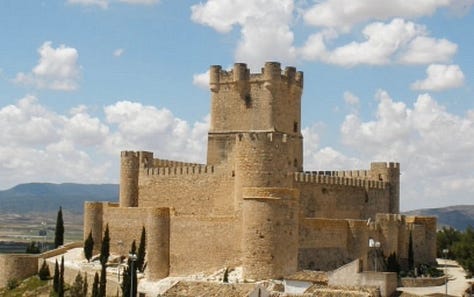
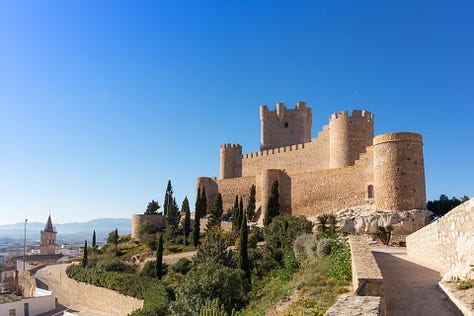
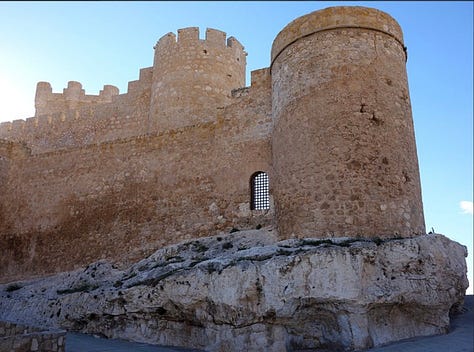
Atalaya Castle, also known as Castillo de la Atalaya or Castillo de Villena, lies on a hill in the town of Villena, in the province of Alicante in Spain.
Atalaya Castle was first mentioned in 1172 in Arab historical accounts. It is suspected to have been built by Muslims on the site of a former Roman fortification.
Archer Huntington, a noted authority on Spanish culture visited this castle in Spain and wanted to build a similar structure in South Carolina.
We stayed two weeks at Huntington Beach State Park in January 2025. It’s just South of Murrells Inlet, South Carolina. It was a unique State Park because it has a castle called “Atalaya” that faces the Atlantic Ocean and was built on a former rice plantation called Brookgreen. We toured it on a pretty chilly day, unusual for South Carolina. The breeze that came in from the Atlantic was impressive, so was all the brickwork.
Walking through the halls you could imagine how cooling it would feel on a hot summer day. That day is was freezing.
Brookgreen Plantation was a rice plantation along the Waccamaw River in South Carolina. Archer Huntington purchased Brookgreen and three adjoining plantations in January 1930 as a site for the winter home and as a setting for Mrs. Huntington’s sculpture work.
Construction of the house began the following winter in 1931, without detailed written plans. Workers alternated between construction on Atalaya and Brookgreen Gardens over a two to three year period. Mr. Huntington insisted that local labor be utilized in its construction to provide work opportunities for local residents during the Great Depression.
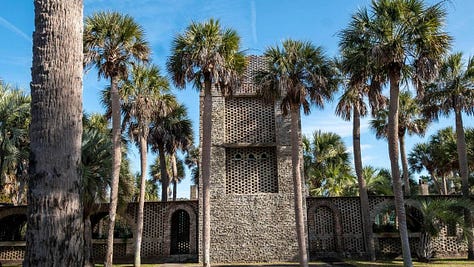
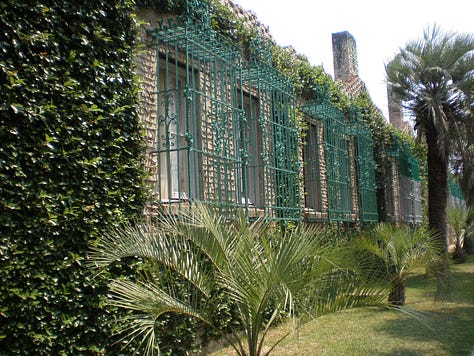
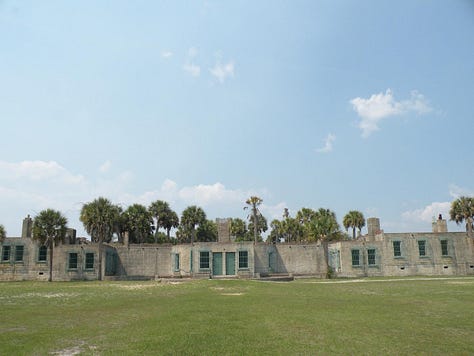

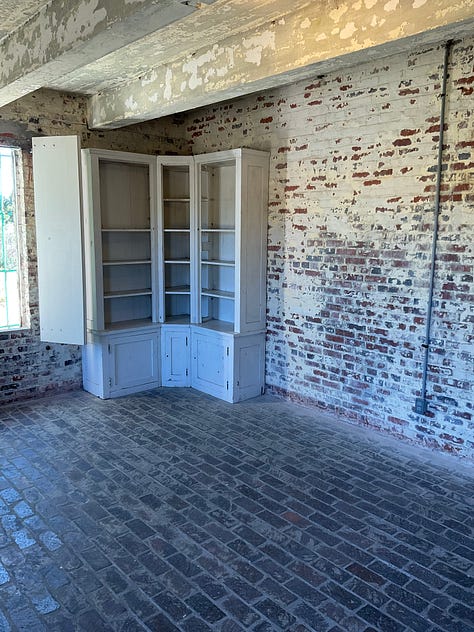

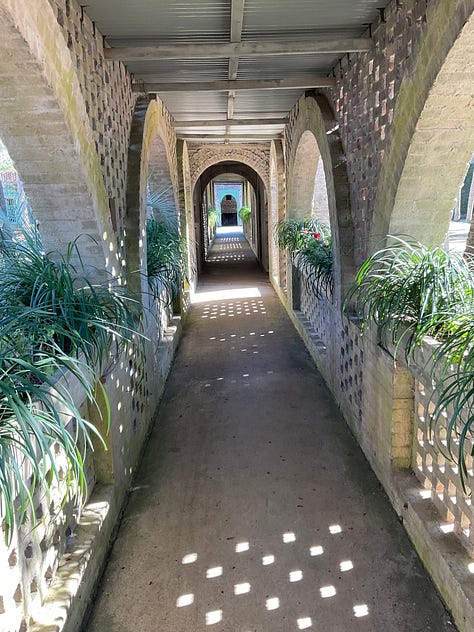
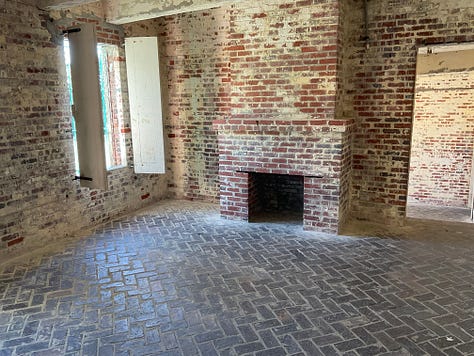

Much like Castillo de la Atalaya in Spain, the house is dominated by a square tower, that once housed a 3,000 gallon cypress water tank. Rising nearly 40 feet from a covered walkway, it bisects Atalaya's inner court. Water drawn from an artesian well was then pumped into a 10,000 gallon concrete cistern where the sand settled. From there, it was pumped into the tower tank. The height of this tank gave the water enough pressure to flow through the house.
Genius.
The outer walls of the building form a square, with the east side facing the ocean. Within the walled structure, there are two grassy, open inner courtyards with a main entry court on the west side. The living quarters consist of 30 rooms around three sides of the perimeter. Living facilities, including the dining room, sunroom, library and bedrooms, occupied the ocean-facing side of the house.
The covered walkway of open brickwork is lined with archways and planters on both sides.
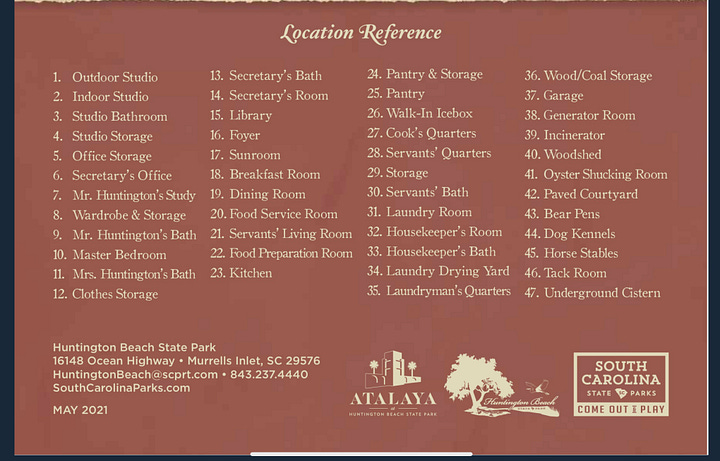
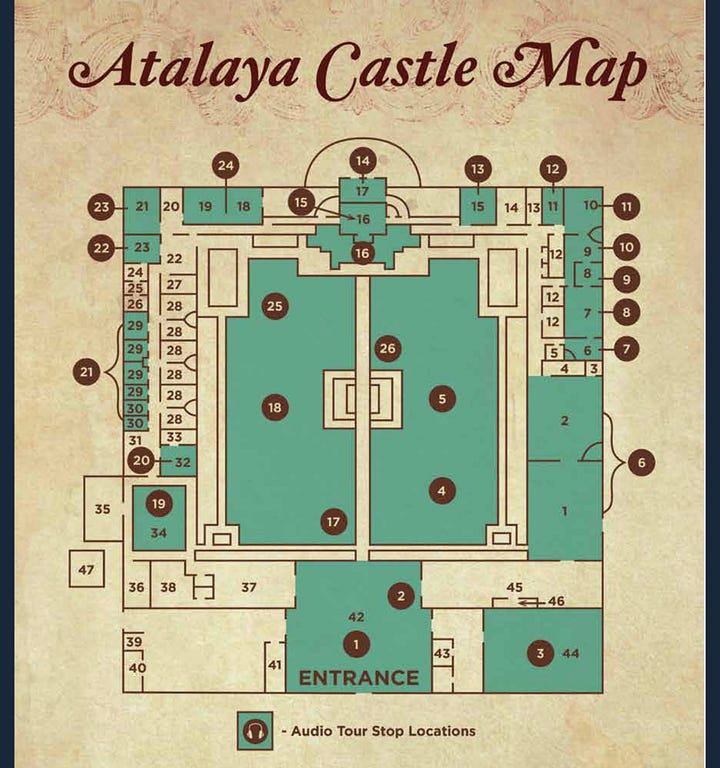
The inner walls of the main courtyard were covered with creeping fig vines, Sabal palmettos, the South Carolina state tree, and other palms.
The Huntingtons resided in the house during the colder months of the year, usually from November until March or April. Heating was done entirely by using coal room heaters and wood-burning fireplaces. Ramps led from the courtyards up to each entry door, and wood was hauled in using small carts. Grillwork was designed by Mrs. Huntington and shutters were installed on each window to protect against hurricane-force winds.
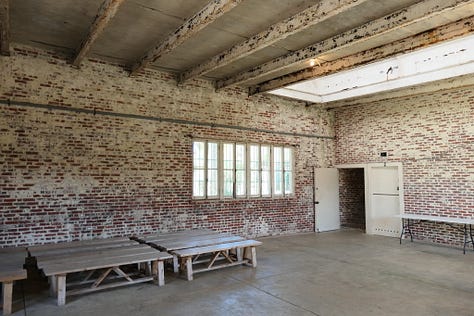
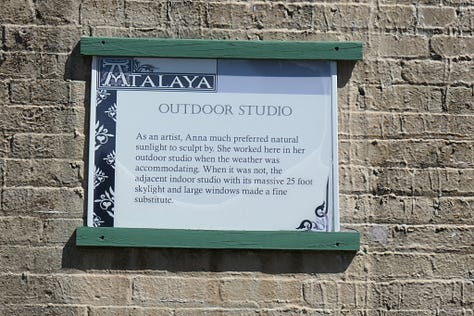

The studio, with its 25 foot skylight, opens onto a small, enclosed courtyard where Anna Hyatt Huntington worked on her sculptures. Pens for animal models, including horses, dogs and bears, are situated adjacent to the open studio.
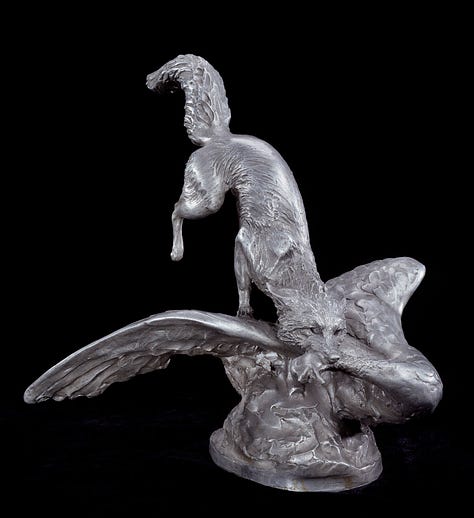
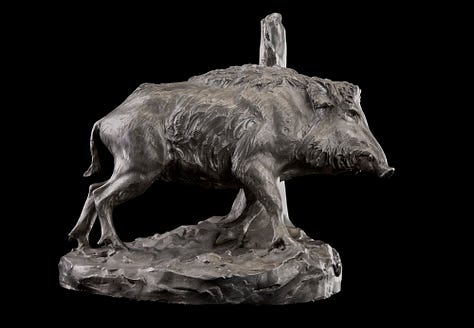
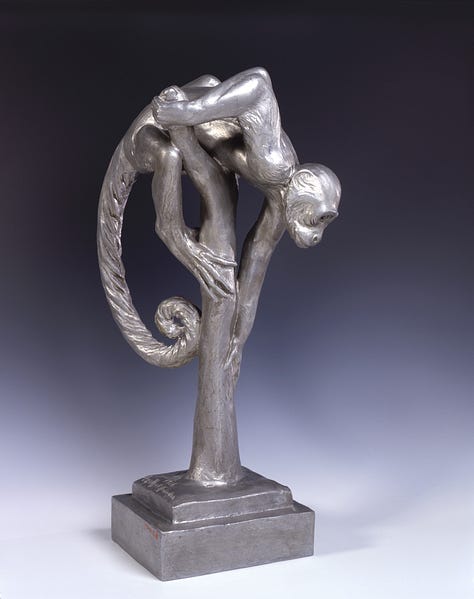
Anna Hyatt Huntington, Born Cambridge, MA 1876 died in 1973, was a sculptor and benefactress whose specialty was animal and garden sculpture. She established and designed the country's first outdoor sculpture museum, Brookgreen Gardens, in S.C.
During World War II the Huntingtons vacated Atalaya and provided it to the Army Air Corps for use from 1942 to 1946.
The Huntingtons last used Atalaya as their winter home in 1947. Most of the furnishings were sent to New York City after Mr. Huntington's death in 1955. The studio equipment was moved to a new studio at Brookgreen Gardens just across U.S. Route 17, which cut through the Huntingtons' former contiguous property.
The 2,500-acre tract, including Atalaya, was leased to state of South Carolina by the Brookgreen Trustees in 1960. Mrs. Huntington died at her Connecticut home in 1973. In tribute to Mrs. Huntington, the annual Atalaya Arts and Crafts Festival is held in the Castle during the fourth weekend of September.
Brookgreen Gardens was closed when we were there in January.
Next time!




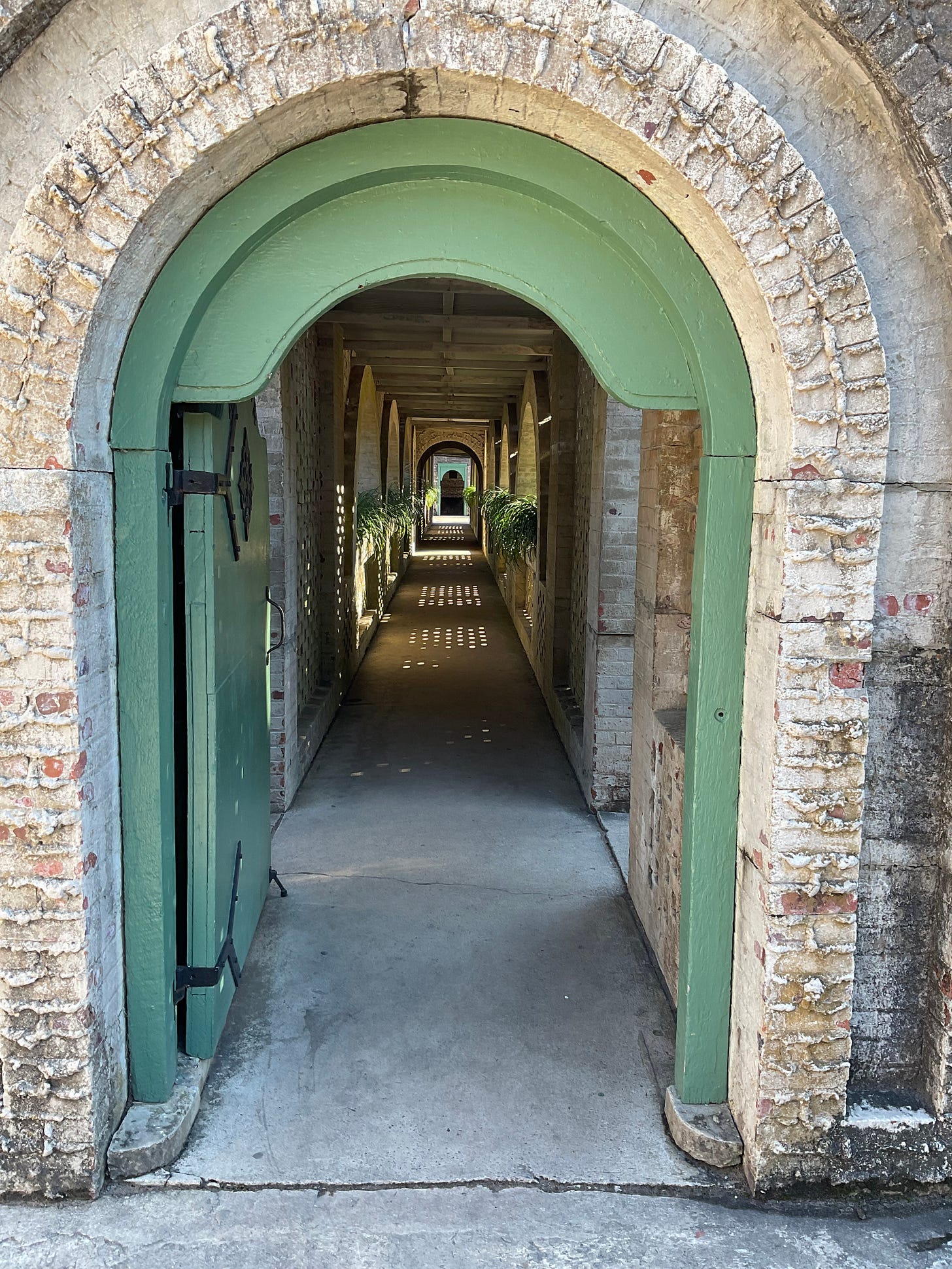

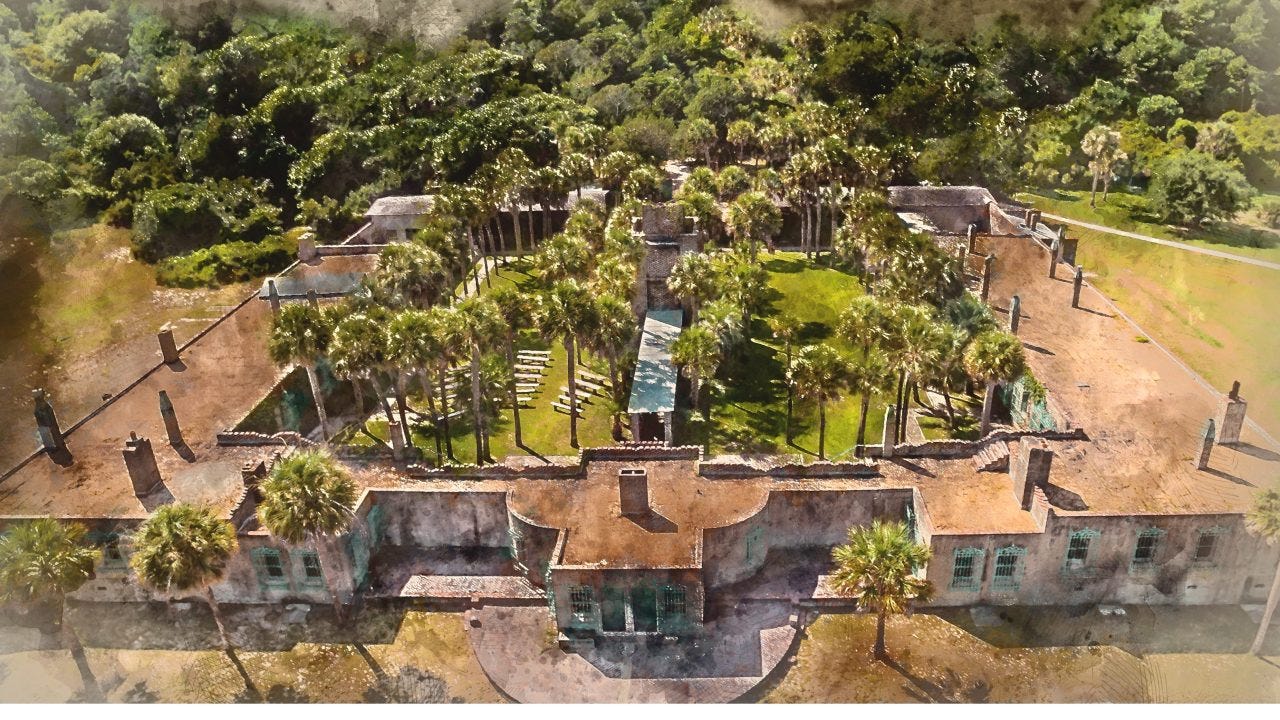
Wow. Beautifully written Collette.
A nice adventure. September is kinda warm to go for a visit to a arts festival in S.C.
and the possibility of hurricanes? Oh well.
I am glad you could visit the property in January. Very interesting. I love the entryway to the place in Spain.
This building looks okay, .... no swimming pool. :-/
I bet it is hot as blazes in summer.
Such a cool place to visit!